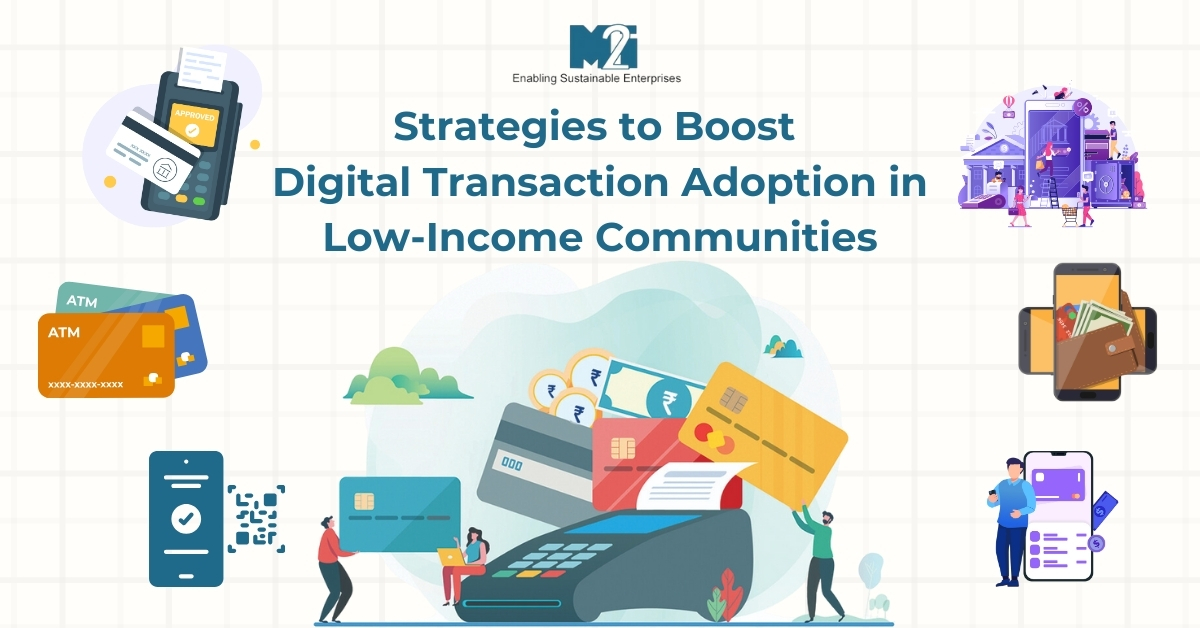
Strategies to Boost Digital Transaction Adoption in Low-Income Communities
In an increasingly digital world, the shift toward online and mobile banking transactions offers numerous benefits, including convenience, safety, and faster access to services. However, low-income populations often lag behind in adopting these digital solutions. Understanding the reasons for this reluctance and implementing strategies to address them is crucial not only for financial inclusion but also for ensuring that these communities can enjoy the potential benefits of digital transactions.
Reasons for Reluctance to Adopt Digital Transactions
-
Limited Access to Technology: One of the most significant barriers is the lack of access to necessary technological tools. Many low-income individuals do not own smartphones or have reliable internet access, which are essential for digital transactions.
-
Low Financial Literacy: There is often a gap in understanding how digital transactions work, which can lead to discomfort and a lack of confidence in using these technologies for financial activities.
-
Trust Issues: Security concerns play a big role. The fear of fraud and worries about the safety of personal information can make people hesitant to engage in online financial activities.
-
Inadequate Banking Infrastructure: Especially in rural or underdeveloped areas, the banking infrastructure might not be sufficiently developed to support digital transactions. This includes a scarcity of ATMs and bank branches that facilitate digital access.
-
Perceived High Costs: Some digital platforms may impose fees that deter people managing tight budgets from using their services.
-
Cultural Preferences and Skills Gap: Many are more comfortable with cash transactions which are straightforward and tangible. Additionally, a lack of digital skills makes the transition to digital platforms daunting.
Strategies to Encourage Adoption of Digital Transactions
To overcome these barriers and foster wider adoption of digital transactions among low-income groups, several targeted strategies can be employed:
-
Enhance Access to Technology: Initiatives to provide affordable smartphones and internet packages can help bridge the digital divide. Partnerships between governments, NGOs, and technology providers can facilitate access to the necessary hardware and connectivity.
-
Expand Financial Literacy: Community-based educational programs can demystify digital transactions. Tailored to address specific concerns, these programs can increase understanding and confidence among low-income users.
-
Strengthen Digital Infrastructure: Investment in digital banking infrastructure, such as more reliable internet services and digital payment kiosks in underserved areas, can make digital financial services more accessible.
-
Build Trust with Robust Security: Implementing strong security measures and educating users about them can alleviate fears. Transparent handling of data and clear communication about privacy protections are essential.
-
Minimize Costs: Reducing or waiving fees associated with digital transactions can make them more attractive. Additionally, offering incentives such as discounts or rewards for using digital payments can further encourage their use.
-
Leverage Local Community Networks: Collaborating with community leaders and influencers who advocate for digital services can enhance trust and acceptance within these communities.
-
Simplify the User Experience: Developing intuitive and easy-to-navigate digital platforms that are accessible in local languages can remove a significant barrier to adoption.
Conclusion
The benefits of digital transactions—such as greater financial inclusion, improved security, and quicker access to payments and services—are particularly transformative for low-income populations. By addressing the specific challenges they face in adopting these technologies, we can unlock a world of opportunities not just for individuals, but for entire communities, fostering a more inclusive digital economy. This effort requires a collaborative approach, harnessing technology, education, and community engagement to create an environment where everyone can benefit from digital advancements.